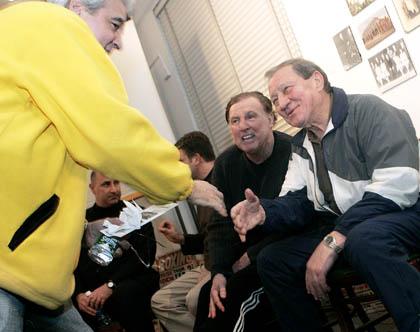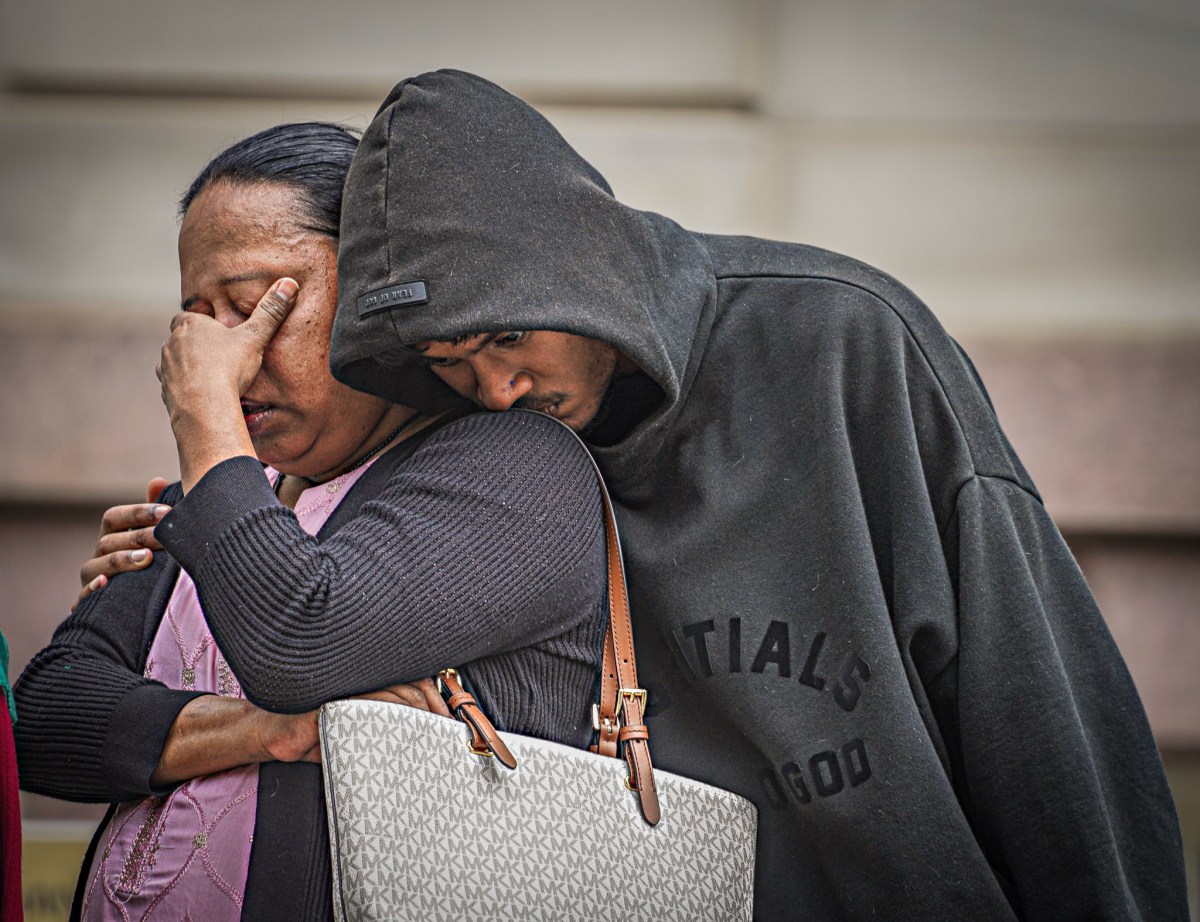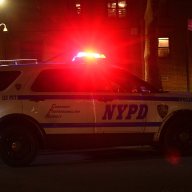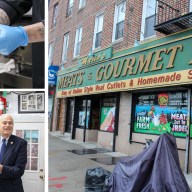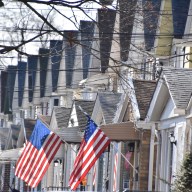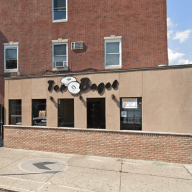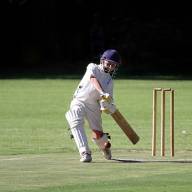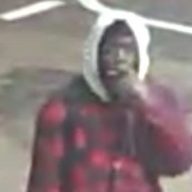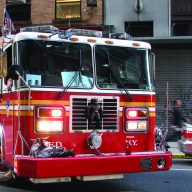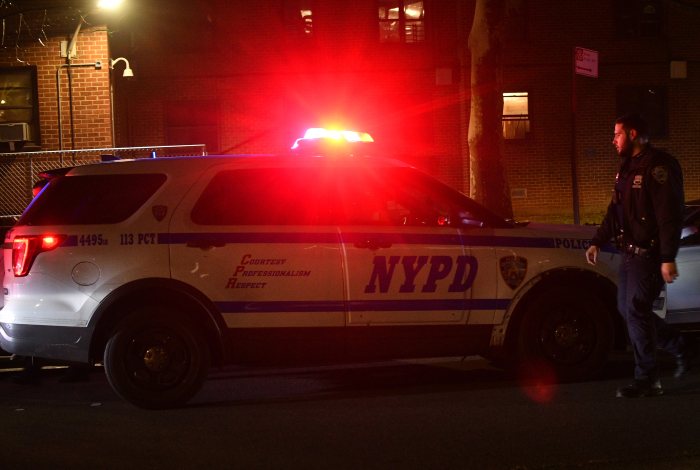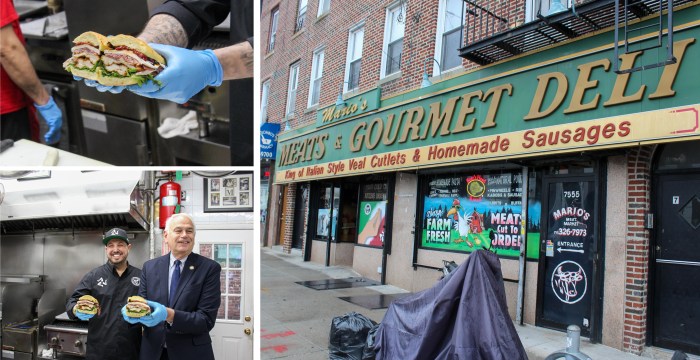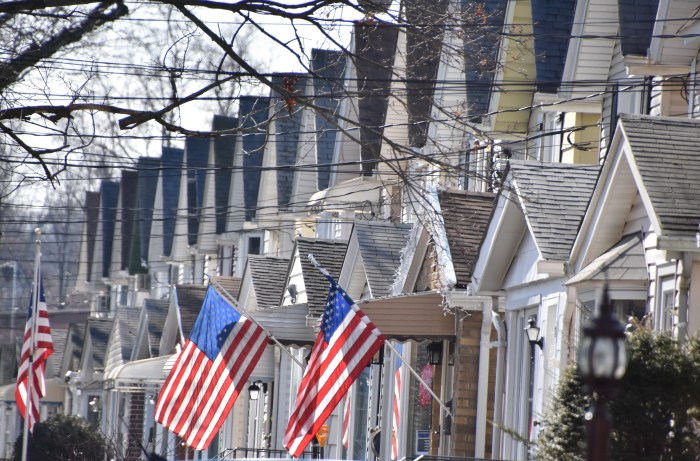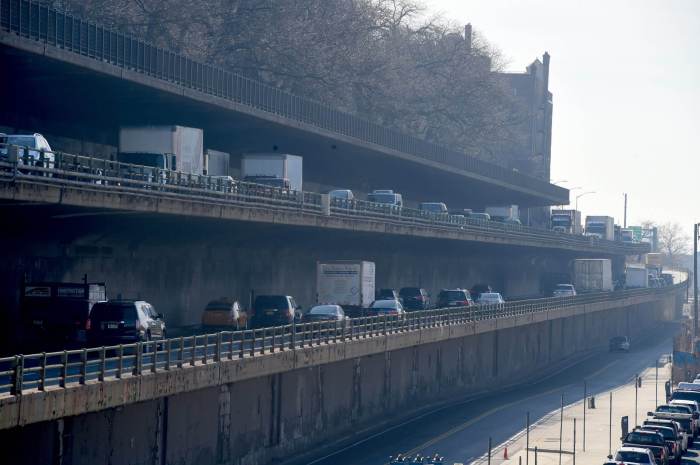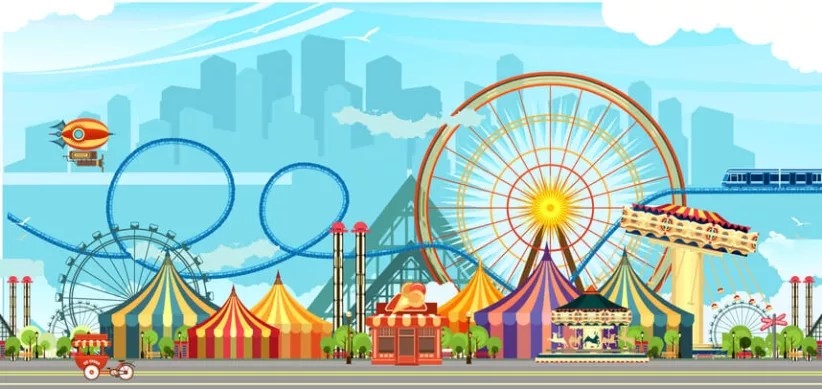By Jeremy Walsh
The smell of blood, sweat and cigarette smoke on one corner in Sunnyside has long been replaced by fryer oil and car exhaust, but the boxers who once cut their teeth there still fondly recall the last major amateur boxing venue in Queens.
The retired fighters and their admirers gathered at the Greater Astoria Historical Society Feb. 2 to remember the Sunnyside Garden Arena, which operated at Queens Boulevard and 45th Street between 1946 and 1977, when it was torn down to make way for a Wendy’s restaurant.
They remembered the twin−peak−roofed, wooden structure as a rough place full of rowdy audiences — ironic, since it was built as a tennis club for wealthy Manhattanites by the son of railroad baron Jay Gould.
“It was a smoky place where fights went on in the crowd also,” said Bobby Cassidy, 64, who fought 26 times at the arena.
In the 1960s, Irish and Puerto Rican immigrants flocked to the venue to cheer for their local heroes, he said, sparking many a conflict.
“The rest is history,” Cassidy said.
Over its 31 years in business, the arena hosted numerous amateur boxing matches, professional wrestling bouts and roller derby competitions, outlasting several other amateur boxing venues in the borough. It was also the site of several films, including 1951’s “Mr. Universe” starring Vincent Edwards as an ambitious young wrestler.
The boxers are working on placing a commemorative plaque on the lawn at the site.
The arena’s early days were marked by theatrical wrestling matches between illustrious grapplers like Abe Coleman, the “Hebrew Hercules” from Forest Hills, and Haystacks Calhoun, a gargantuan hillbilly who wore overalls with a horseshoe necklace and weighed nearly 600 pounds.
But boxing was the arena’s centerpiece attraction, bringing up−and−coming young fighters from the borough into the ring to prove their mettle before moving on to professional bouts.
Cassidy, who lives in Levittown, L.I., said his first fight at the arena was his most memorable since it was his debut as a boxer.
“My knees were shaking,” he said. “I got in the ring and I was shaking still. The guy came at me and I threw one left−hander and I knocked him out.” The bout lasted 38 seconds.
Fighters seldom received more than $50 for a fight, and were required to canvass the neighborhood selling tickets to their own matches.
Henny Wallitsch, 69, who grew up in Queens, recalled his amateur boxing career as a boozy series of bouts punctuating long days of street violence and manual labor.
“I was 16 years old, doing stickups, robberies,” he said. “I had to do something.”
To calm his nerves before a match, Wallitsch turned to alcohol.
“There were a couple of bars across the street,” he said. “My matchmaker would call me up there and say, ‘Hey, you drinking?’ I said, ‘Yeah.’ He said, ‘No, you’re fighting.’ ”
Wallitsch, who just finished a stint as the president of Ring 8, a retired boxers’ benevolent association, said many fighters lead difficult lives and wind up without a pension.
“We get fighters hearing aids, wheelchairs, fix their teeth,” he said.
The men agreed the boxing world has moved on since the days of pugilists with nicknames like “Philly Phantom” and “Pride of the Docks.” The Church Street Gym in Manhattan still holds amateur fights, but boxing venues in Queens have all but dried up.
John Labate, who runs a nonprofit gym in Glen Cove, L.I., said there are only a couple of amateur boxing gyms left in Queens where people train, though there are plenty on Long Island.
“We’re always looking for more to open,” he said.
Reach reporter Jeremy Walsh by e−mail at jwalsh@timesledger.com or by phone at 718−229−0300, Ext. 154.

